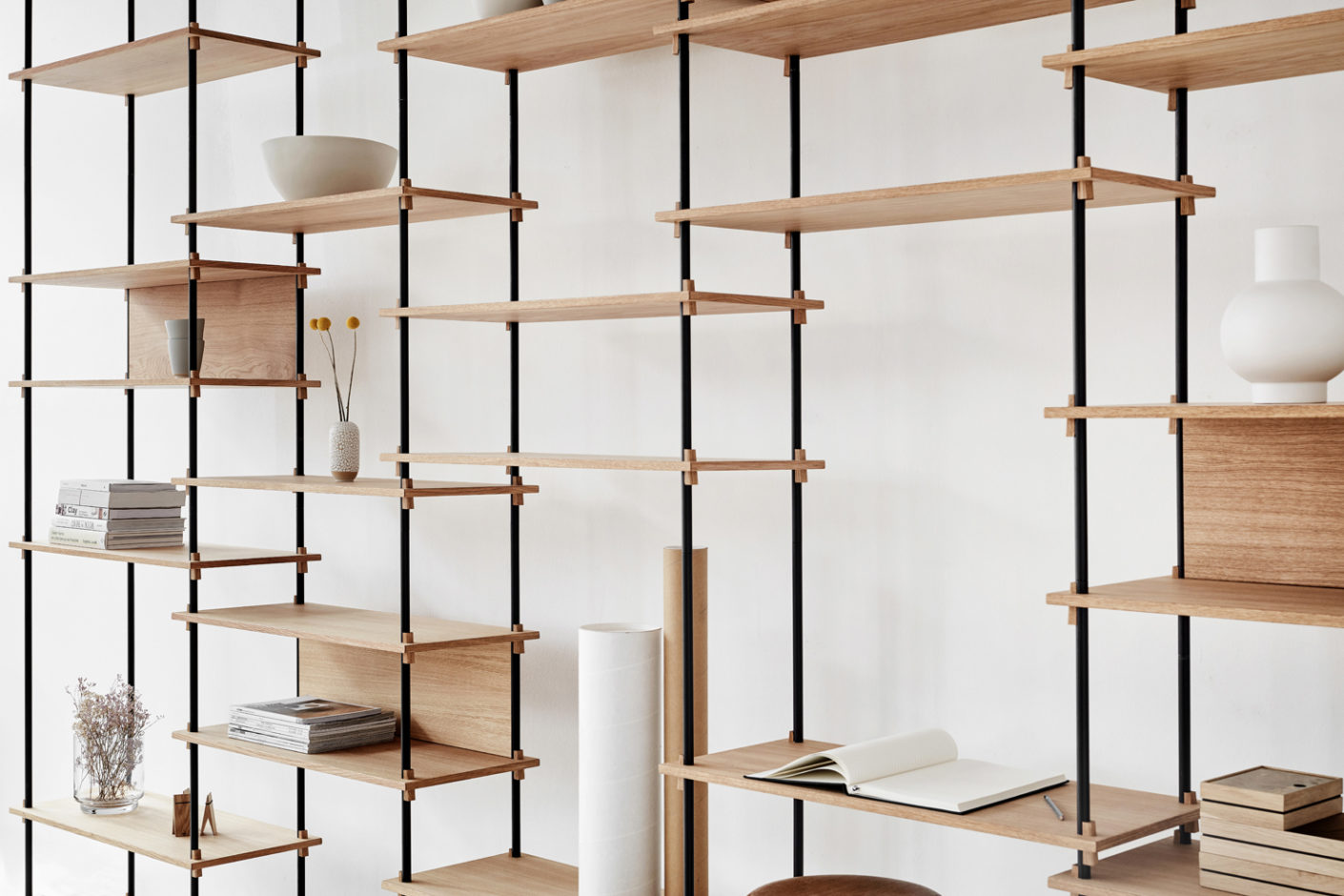Frama, "9.5°", Design: Rasmus B. Fex, 2009 © Frama
by Uta Abendroth
It’s downright enviable: The work of Bjarke Ingels’ firm of architects BIG has furnished developers the world over with amazing and much-admired projects, René Redzepi has transformed Norwegian cuisine into culinary heaven, and everybody is crazy about Nordic design and the creative minds from Denmark, Sweden, Norway and Finland. So why is it that Neo-Scandinavianism works so well throughout the world? What is it about the Scandinavians? What makes them so successful? One reason is that they developed their own principles at an early stage and have stuck to them. And it is only in these days of globalism that they have drafted out these principles and formulated them into a proper motto – “think globally, act locally.” Back in the day, pioneers such as Alvar Aalto and Arne Jacobsen went traveling, appropriated what was known as the International Style and returned to find their own personal, innovative form of national expression. And what their young brands and current designers are capable of doing is referencing the past and reflecting on their own cultural heritage in order to create something new from them.
Fritz Hansen, "No.1", Design: Nendo, 2018 © Made by choice
A sense of tradition
It is not only the brands that have been around for a while, labels such as Fogia, Normann Copenhagen, &Tradition, Design House Stockholm and Menu, whose designs have a contemporary feel to them, but even the “long-established” companies such as Fritz Hansen and Carl Hansen & Søn that have been able to bring their own contemporary designs to the table, thanks to the likes of Cecilie Manz, Kasper Salto, Christina Strand and Niels Hvass. And it is an even younger crowd of creative professionals working for the “newer” brands such as Made by Choice and Joanna Laajisto from Finland, Northern from Norway, and Frama, Nuura, Moebe, Møbel Copenhagen, Muuto and Karakter from Denmark. Finnish designer Saku Sysiö, whose credentials include having studied at the School of Design in Copenhagen before co-founding the design agency Aivan in Helsinki in 2007, appears to have found a master in Hans J. Wegner: His chair “Laakso” (Made by Choice) looks like a minimalist homage to the “Wishbone Chair” or the “CH_20” chairs of the 1950s, whose sweeping lines lend them a playful, delicate appearance but which are, at the same time, extremely unfussy and pared down. “Laakso” remains true to the material wood, with Sysiö not even trying his hand at a mixture of materials à la Wegner with paper cord, but opting for a narrow, U -shaped backrest which turns out to be surprisingly comfortable. In 2017 the chair garnered the title of “Best Chair” at the Restaurant & Bar Design Awards in the UK.
Of course, comparisons are difficult, particularly since the classics have had decades to prove their worth whereas the newcomers still have to leave their mark on the market. And yet associations inevitably spring to mind. At least the new kids remain true to old customs because yes, it does exist, that tradition that favors the economical use of materials, that boasts that restrained quality. With this in mind, Laajisto really does succeed in putting Nordic design in a nutshell when she states that “Nordic design combines local craftsmanship, honest materials, ecologically oriented values and an ethical approach.” Over the past 90 years, just about all the Scandinavian designers would probably have expressed things a similar way. And it is no coincidence that this native Finn, who went home to Helsinki in 2009 after eight years in the United States to establish her own design and interior design studio, has values that center around minimalism paired with functionality – after all, these were the values upheld by her countryman Alvar Aalto back in the day. At any rate, Laajisto has produced a collection that goes by the name of “Airisto” (Made by Choice) and consists of furniture that serves as side tables, stools and benches. She has succeeded in creating items that are exceedingly practical but, at the same time, make good statement pieces. Her design is original and timeless and is not a slave to short-lived trends. Each piece fulfills a certain function in the room without being flashy or displaying a boring shape or falling into the category of “already seen that kind of thing way too often.”
And this is the great challenge facing the latest generation of New Nordic designers: They all have the same materials at their disposal as their innovative forefathers – materials such as birch, pine and spruce – but they seek to achieve something new with these local raw materials. And nowadays this is not so very simple: When everything is moving so fast, when we have blogs and social media channels, when design is consumed like fast food, or rather when one trade fair follows the next, nobody can or should permanently ask for something new – but that is what everybody wants, otherwise all we ever see online is the same old same old. But, if only for reasons of sustainability, designers such as Joanna Laajisto and Cecilie Manz want to counteract the fast pace of modern life with their designs. “We designers are becoming increasingly conscious of the fact that what we do is important,” explains Manz. “Admittedly, saving the planet is not something that we think about every day; it’s not something that design can even do, but we designers can think up things that last a long time, both visually and in terms of the materials they use.”
Moebe, "Shelving System", Design: Anders Thams, Nicholas Oldroyd, Martin D. Christensen, 2018 © Moebe




